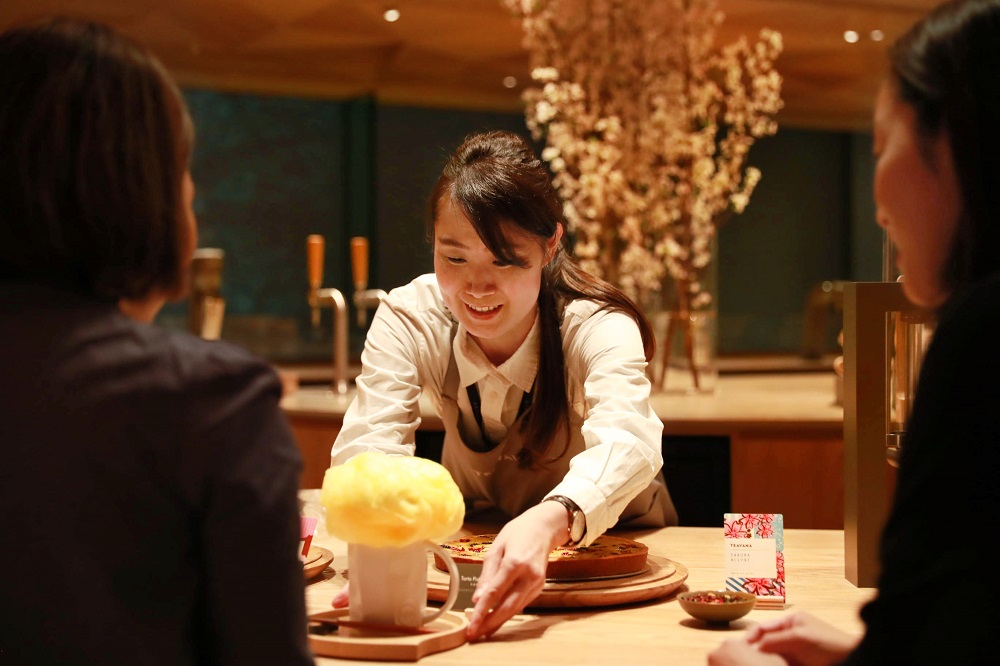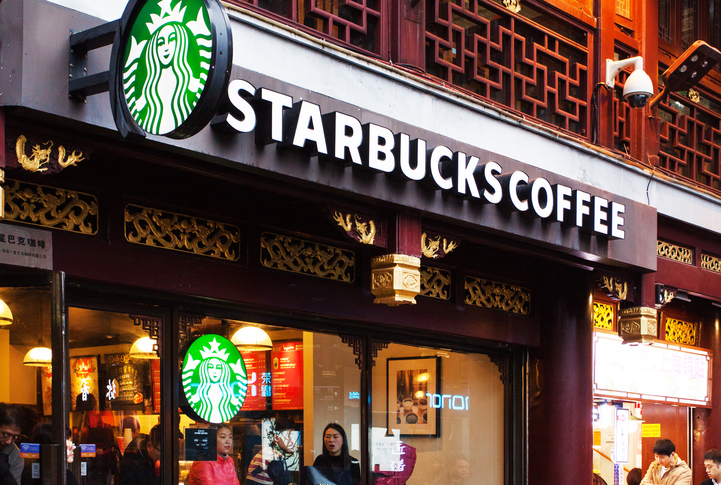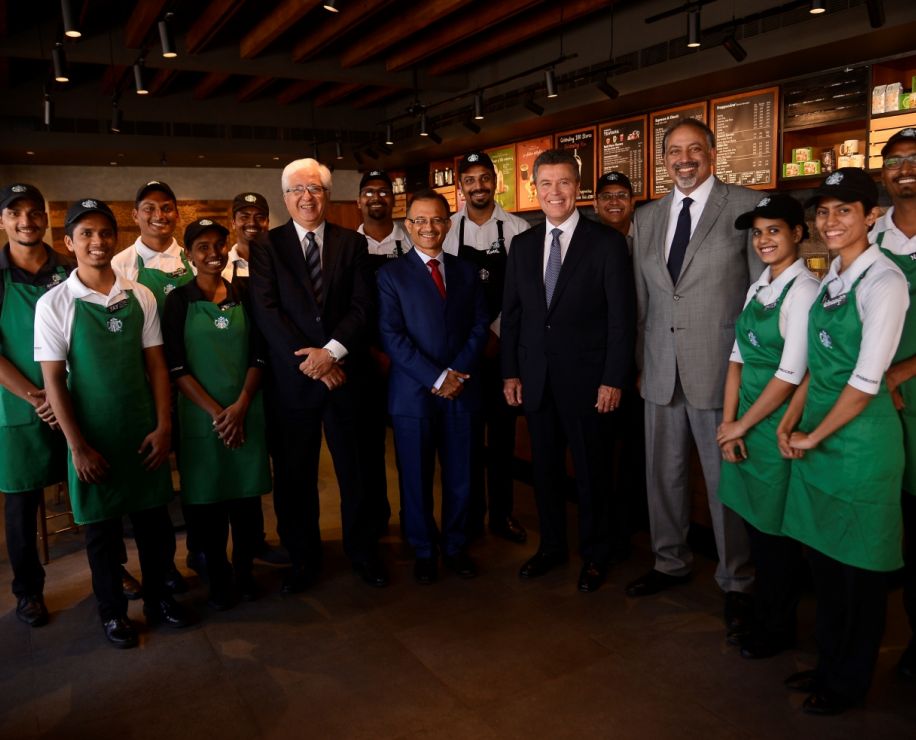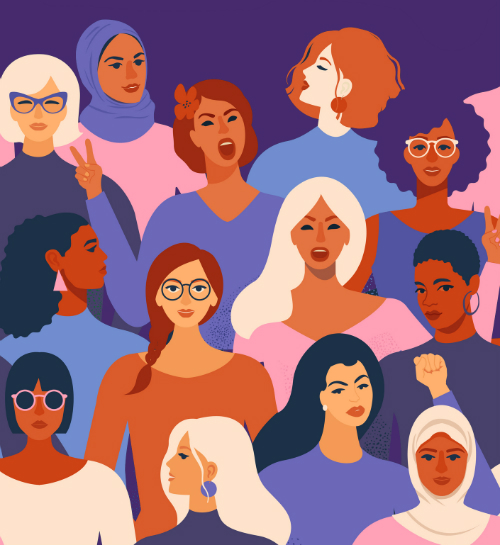#IWD2019: How Starbucks enables a gender-balanced workforce
International Women’s Day takes place every year on March 8. This year’s theme is #BalanceForBetter, because a gender-balanced world is a better world – for both organisations and individuals alike.
Check out the rest of our #IWD2019 coverage on our dedicated IWD tag!

Starbucks and its iconic green logo have been cultural mainstays for so long that people don’t so much say, “Let’s grab a coffee” as they do, “Let’s grab a Starbucks”.
With more than 200,000 employees worldwide, across more than 28,000 locations, the company prides itself on a workforce that comes in all shapes and sizes.
“At the heart of our business, we seek to inspire and nurture the human spirit – understanding that each person brings a distinct life experience to the table,” says Sara Trilling, senior vice president and president of Starbucks Asia-Pacific.
“Our partners [employees] are diverse not only in gender, race, ethnicity, sexual orientation, disability, religion and age, but also in cultural backgrounds, life experiences, thoughts and ideas,” she adds.
As the leader of the coffehouse giant’s business in the Asia-Pacific region, Trilling is responsible for store operations and cross-functional support across the region.
On this International Women’s Day, she chats exclusively with HRM Magazine Asia about the international coffehouse chain efforts in the region to ensure that working at Starbucks is an equitable and positive experience for all.
This year’s International Women’s Day theme is #BalanceforBetter. How does Starbucks encourage a ‘balanced’ workforce?

“Encouraging a balanced workforce goes beyond recruiting a diverse pool, and at Starbucks we have made it a priority to help our female partners reach their full potential.” – Sara Trilling, senior vice president and president of Starbucks Asia-Pacific
Encouraging a balanced workforce goes beyond recruiting a diverse pool, and at Starbucks we have made it a priority to help our female partners reach their full potential.
We do this by making meaningful investments into areas they value highly: compensation and benefits; management development; and flexible working.
For compensation, we have set high standards for ourselves globally and regionally. Last year, Starbucks announced 100% gender and racial pay equity in the US – a milestone achievement.
Worldwide, we are working towards closing the gender pay gap for all partners in our company-operated markets, and we are fully committed to achieving this goal in Asia-Pacific together with our business partners.
Yet equal pay is just one important piece in an array of investments we’ve made to encourage a diverse workforce.
To address broader benefits, professional development and flexible working, we have developed initiatives like mentorship programmes, local women in leadership forums, maternity leave, lactation rooms and more.
We actively encourage, nurture and foster women in leadership roles. In 2017, we hosted our first Asia-Pacific Women in Leadership conference, which brought together 50 female Starbucks leaders from across the region.
What programmes does Starbucks have in place to encourage gender balance in its Asia-Pacific workforce?
One of the programmes we’re most proud of is our returning mothers barista hiring programme in Korea, where few women return to work after having children.
We’re helping mothers to meet their personal requirements outside of work while continuing to further their career by giving our female partners flexibility to work shorter hours, retain their benefits, and then step back up to management when the time is right for them.

Through the Returning Mothers Barista Hiring Programme in South Korea, Starbucks employees can enjoy flexible working hours from 11 a.m. and 3 p.m. with a 30-minute break. In addition, Starbucks helps pay for their children’s school tuition.
hrmasia.com
In India, where one of the most pressing social issues is women’s rights, we aspire to lead by example with initiatives that promote gender equality and bring meaningful impact to women.
For example, Starbucks aims to increase the proportion of women in our India workforce to 40% by 2022, where the industry benchmark is currently 25%.
We were one of the first retail companies in India to announce a company-wide, five-day workweek for all our employees (India traditionally has a six-day workweek), offering greater flexibility and balance in their lives.
Finally, our employees who work at the Starbucks Support Center in India are eligible to apply for our Child Care Assistance programme, which offers discounted rates and reimbursement benefits for child care expenses.
We’re very proud to have incredible female leaders among our regional and market leadership teams. Today, Starbucks Vietnam and Starbucks Thailand operate under the leadership of female managing directors.
More broadly across Asia, we have a female CEO leading our operations in China, Starbucks second largest market in the world, as well as a female marketing director leading our brand in Japan, where we opened our first store outside of North America in 1996.

Tata Starbucks (India) aims to boost the proportion of women in its workforce to 40 percent by 2022, up from 25 percent today. These build on existing initiatives to fulfill Tata Starbucks aspiration to be the employer of choice, with industry-leading benefits such as the five-day work schedule, a first-of-its-kind programme introduced in 2016.
hrmasia.com
Why have these initiatives been important?
At Starbucks, we have an unrelenting dedication to foster a diverse, inclusive and equitable environment for our partners, customers and the communities we serve.
Embracing diverse experiences and perspectives create a culture of empowerment, one that fosters innovation, economic growth and new ideas.
We recognise that advancing women’s equality in the workplace represents one of the most sizable economic opportunities for the world, especially across Asia where gender equality gaps remain significant, and vary from culture to culture.
As a leading employer that is present in 16 markets across Asia, one of the important roles we play in society is to encourage diversity and fairness in the markets in which we operate.
In your view, what is the role of leadership in driving gender balance in an organisation?
| “Werecognise that advancing women’s equality in the workplace represents one of the most sizable economic opportunities for the world, especially across Asia where gender equality gaps remain significant, and vary from culture to culture. |
At Starbucks, we recognise that progressive leadership is fundamental to driving gender balance.
As a female leader, it’s critical that I am transparent and overt about the ways in which I achieve balance and make choices to integrate work and my personal life.
If I don’t model this behavior, I miss the opportunity to bring others along and provide an example.
I’m incredibly proud of our progress to-date but we have more opportunities to improve support for our female partners and achieve balance in the workforce – both in the local communities we serve and the markets where we operate.
This continues to be a key priority for me, my Asia-Pacific leadership team, and our business as a whole.
 International Women’s Day takes place every year on March 8. This year’s theme is #BalanceForBetter, because a gender-balanced world is a better world – for both organisations and individuals alike.
International Women’s Day takes place every year on March 8. This year’s theme is #BalanceForBetter, because a gender-balanced world is a better world – for both organisations and individuals alike.
Check out the rest of our #IWD2019 coverage on our dedicated IWD tag!



